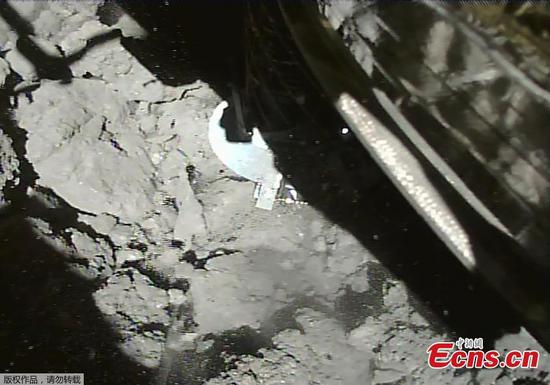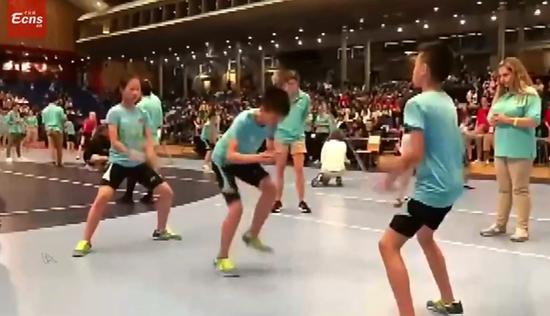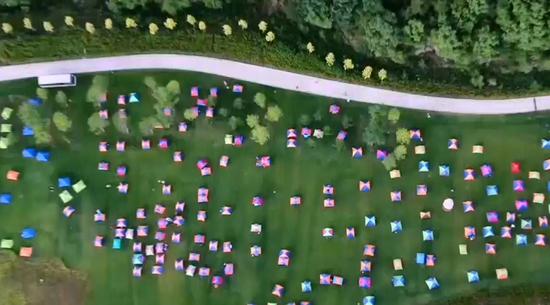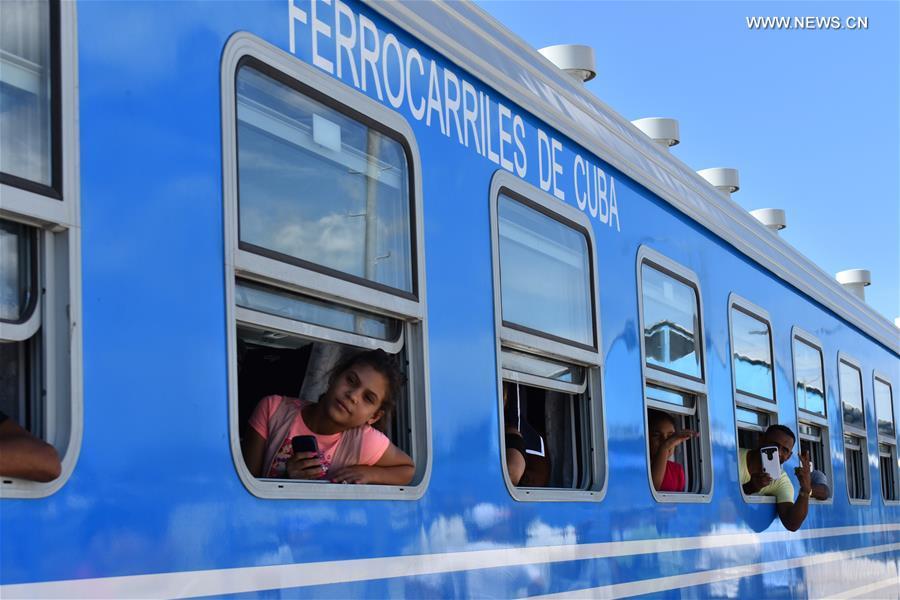
A train made up entirely by Chinese wagons departs from Havana Central Railway Station in Havana, capital of Cuba, July 13, 2019. The first train made up entirely by Chinese wagons began a 14-hour, 835-km journey between Havana and Santiago de Cuba, the second-largest city on the island. This convoy has 12 wagons recently arriving from China, the first of four convoys to start rolling in the coming days as part of an ambitious program to update the Cuban railway system. (Xinhua/Zhu Wanjun)
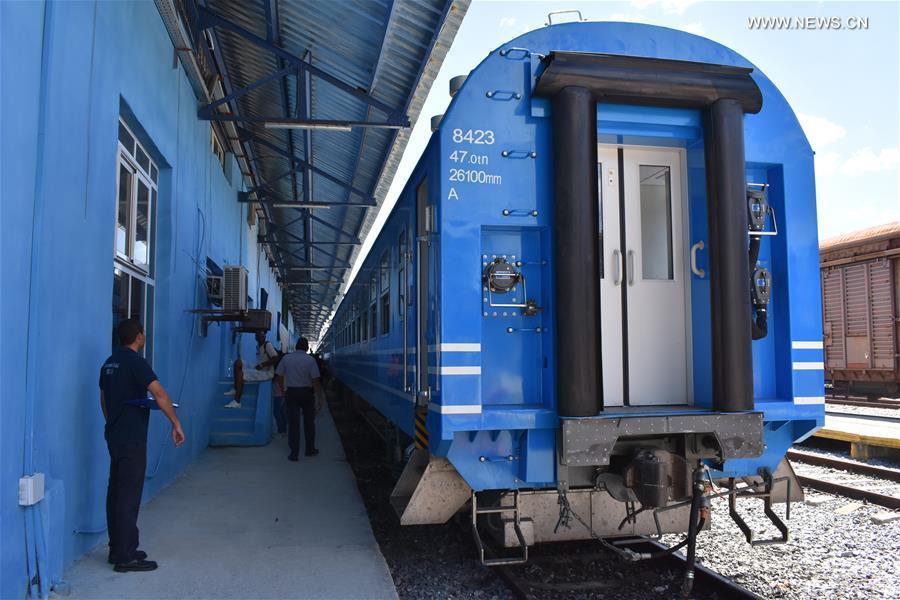
A train made up entirely by Chinese wagons stops by Havana Central Railway Station in Havana, capital of Cuba, July 13, 2019. The first train made up entirely by Chinese wagons began a 14-hour, 835-km journey between Havana and Santiago de Cuba, the second-largest city on the island. This convoy has 12 wagons recently arriving from China, the first of four convoys to start rolling in the coming days as part of an ambitious program to update the Cuban railway system. (Xinhua/Zhu Wanjun)
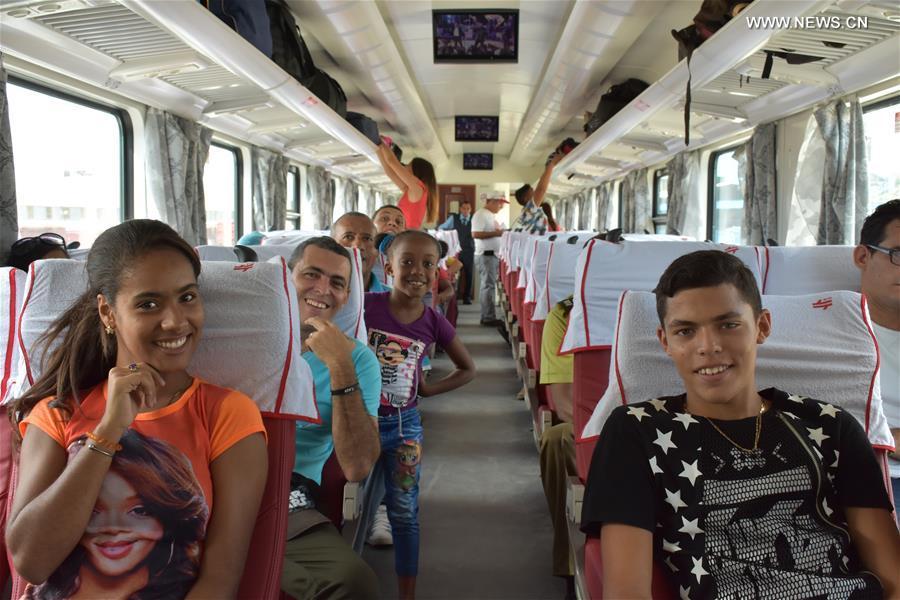
Passengers are seen aboard a train made up entirely by Chinese wagons in Havana, capital of Cuba, July 13, 2019. The first train made up entirely by Chinese wagons began a 14-hour, 835-km journey between Havana and Santiago de Cuba, the second-largest city on the island. This convoy has 12 wagons recently arriving from China, the first of four convoys to start rolling in the coming days as part of an ambitious program to update the Cuban railway system. (Xinhua/Zhu Wanjun)
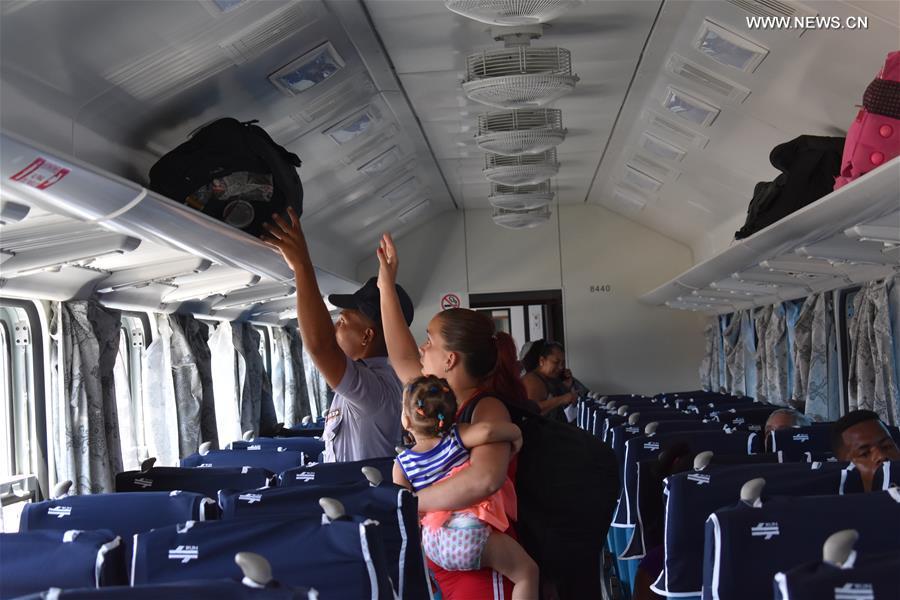
Passengers put their luggage on the luggage rack aboard a train made up entirely by Chinese wagons in Havana, capital of Cuba, July 13, 2019. The first train made up entirely by Chinese wagons began a 14-hour, 835-km journey between Havana and Santiago de Cuba, the second-largest city on the island. This convoy has 12 wagons recently arriving from China, the first of four convoys to start rolling in the coming days as part of an ambitious program to update the Cuban railway system. (Xinhua/Zhu Wanjun)
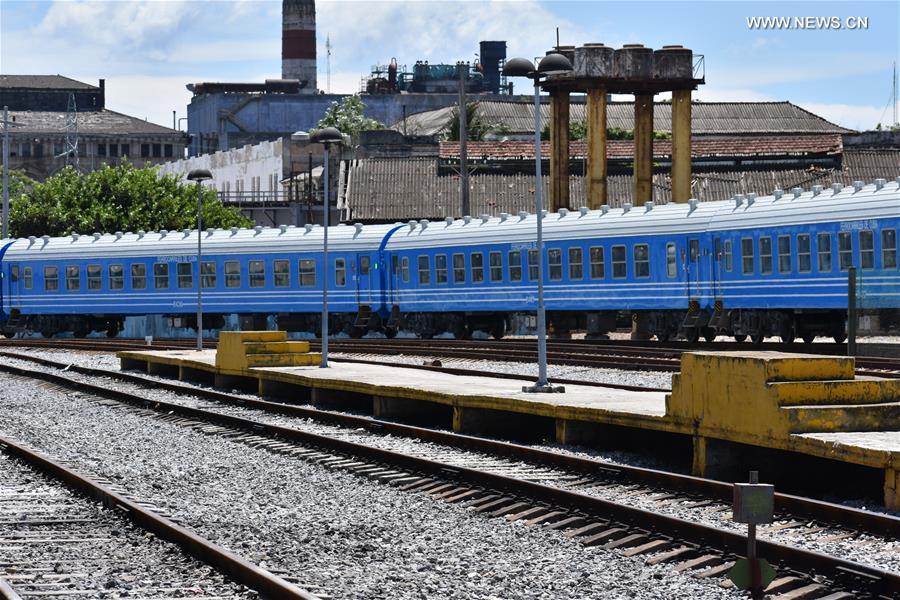
A train made up entirely by Chinese wagons stops by Havana Central Railway Station in Havana, capital of Cuba, July 13, 2019. The first train made up entirely by Chinese wagons began a 14-hour, 835-km journey between Havana and Santiago de Cuba, the second-largest city on the island. This convoy has 12 wagons recently arriving from China, the first of four convoys to start rolling in the coming days as part of an ambitious program to update the Cuban railway system. (Xinhua/Zhu Wanjun)
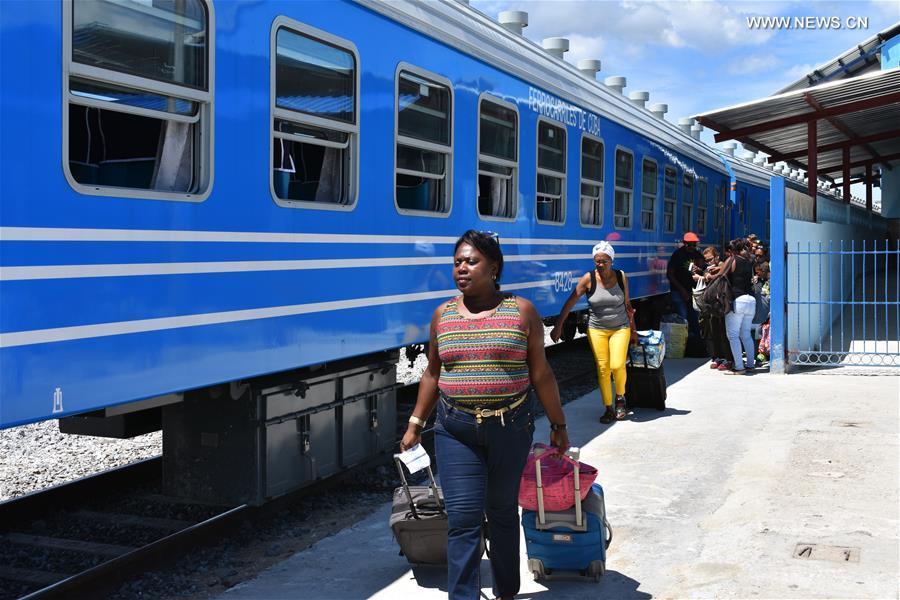
Passengers walk to board a train made up entirely by Chinese wagons in Havana, capital of Cuba, July 13, 2019. The first train made up entirely by Chinese wagons began a 14-hour, 835-km journey between Havana and Santiago de Cuba, the second-largest city on the island. This convoy has 12 wagons recently arriving from China, the first of four convoys to start rolling in the coming days as part of an ambitious program to update the Cuban railway system. (Xinhua/Zhu Wanjun)

Passengers wait to board the train at Havana Central Railway Station in Havana, capital of Cuba, July 13, 2019. The first train made up entirely by Chinese wagons began a 14-hour, 835-km journey between Havana and Santiago de Cuba, the second-largest city on the island. This convoy has 12 wagons recently arriving from China, the first of four convoys to start rolling in the coming days as part of an ambitious program to update the Cuban railway system. (Xinhua/Zhu Wanjun)
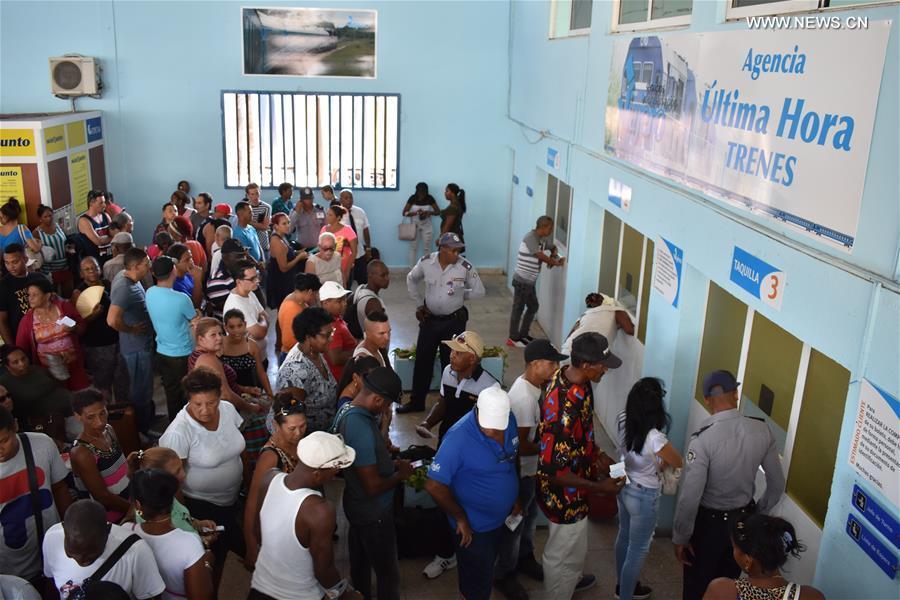
Passengers buy tickets at Havana Central Railway Station in Havana, capital of Cuba, July 13, 2019. The first train made up entirely by Chinese wagons began a 14-hour, 835-km journey between Havana and Santiago de Cuba, the second-largest city on the island. This convoy has 12 wagons recently arriving from China, the first of four convoys to start rolling in the coming days as part of an ambitious program to update the Cuban railway system. (Xinhua/Zhu Wanjun)














